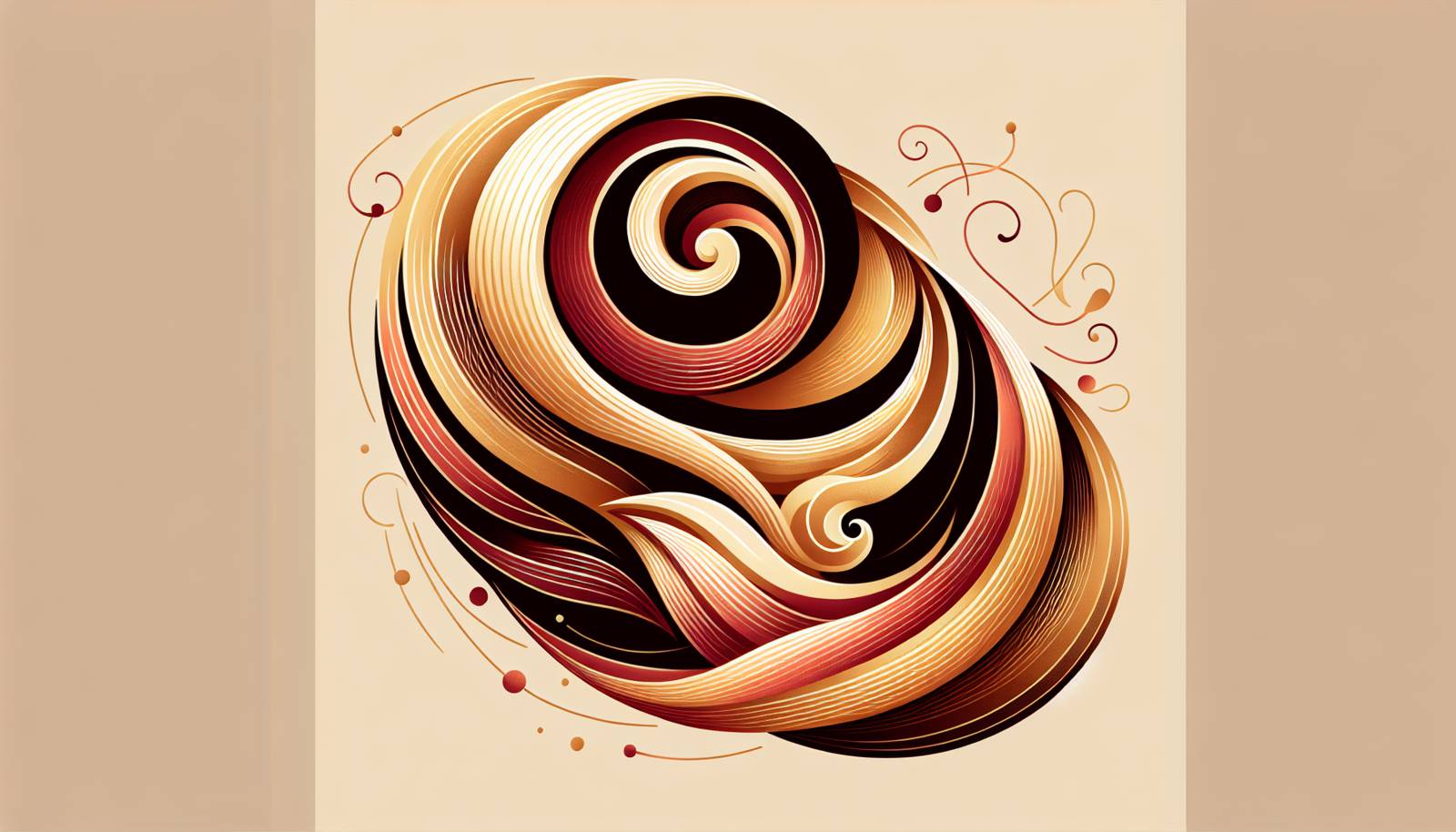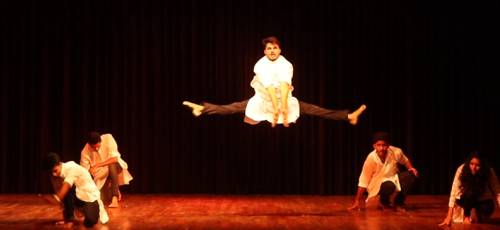
FAQ About The Role of Dance in Indian Cinema

What role does dance play in Indian cinema?
Dance in Indian cinema is a crucial element that enhances storytelling by expressing emotions and narratives in a visually engaging manner. It often serves to illustrate cultural traditions and can transform plotlines through dynamic performance. Dance sequences may symbolize love, joy, celebration, or even conflict and are an essential part of a film’s entertainment value in the Indian cinematic context.

How has dance evolved in Bollywood over the years?
Dance in Bollywood has seen significant evolution from classical and folk influences to integrating modern and global dance styles. Initially, Indian cinema was steeped in traditional Bharatanatyam, Kathak, and other regional dance forms. Over the decades, choreography has incorporated elements from Western dance forms like jazz, hip-hop, and contemporary, resulting in more diverse and innovative performances that appeal to a wider audience.

Which famous Indian films are known for their dance sequences?
Several Indian films are renowned for their iconic dance sequences. "Devdas", "Dil To Pagal Hai", "Mughal-e-Azam", and "Hum Aapke Hain Koun..!" are just a few examples. More recent films like "Dilwale Dulhania Le Jayenge", "Kabhi Khushi Kabhie Gham...", and "Ram Leela" also feature memorable dance performances that have left a lasting impact on audiences.

Who are some of the notable choreographers in Indian cinema?
Indian cinema has produced many legendary choreographers who have left an indelible mark on the industry. These include Saroj Khan, who was known for her work with Madhuri Dixit and Sridevi; Farah Khan, celebrated for her grand, intricate dance numbers; and Prabhu Deva, known for his unique style and versatility. These choreographers have significantly shaped the role of dance in Indian films.

How does dance contribute to the cultural expression in Indian films?
Dance in Indian films serves as a powerful medium for cultural expression by showcasing the rich traditions and diverse heritage of India. Through choreography and music, films can depict various cultural nuances, regional customs, and festivals, playing a crucial role in preserving and disseminating cultural values across generations.

What impact has Bollywood dance had globally?
Bollywood dance has gained international popularity, influencing dance styles around the world. The vibrant and expressive nature of Bollywood dance has led to its incorporation in dance classes, competitions, and even reality TV shows globally. It acts as a cultural bridge, introducing and integrating Indian culture and artistic expression into international mainstream dance communities.

How are dance scenes typically integrated into Indian movies?
Dance scenes in Indian movies are often woven into the storyline as a narrative device to transition between plot points or to convey emotions that dialogue alone cannot express. These sequences might occur as dream sequences, festival celebrations, or as part of the dramatic climax. They are integral to story development, building characters, and intensifying emotional connections with the audience.

Why are item numbers important in Bollywood films?
Item numbers in Bollywood films are special dance sequences designed purely for entertainment, often featuring a glamorous actor or actress performing a catchy dance. These numbers are important as they can enhance the film's commercial appeal, often becoming significant promotional materials due to their high energy and memorable choreography.

How do dance and music complement each other in Indian cinema?
Dance and music in Indian cinema are deeply intertwined, with music providing the rhythm and context for dance to flourish. The combination enhances the emotional depth and narrative strength of a film. Iconic songs and their choreography often become inseparable, contributing significantly to a film's popularity and legacy.

Can you name some iconic dance numbers in Indian cinema?
Iconic dance numbers in Indian cinema include "Chaiyya Chaiyya" from "Dil Se", "Dola Re Dola" from "Devdas", and "Jai Ho" from "Slumdog Millionaire". These songs have not only captivated audiences with their choreography but have also become cultural phenomena, etched in the history of Indian cinema.

What is the significance of classical dance in Indian films?
Classical dance in Indian films brings authenticity and cultural richness, deeply rooted in the traditions and heritage of India. It plays a significant role in films that aim to depict historical or traditional narratives, helping to create an immersive environment that reflects the ancient art forms and their significance in Indian storytelling.

How do filmmakers and choreographers balance storytelling and entertainment through dance?
Filmmakers and choreographers balance storytelling and entertainment by using dance to enhance narrative elements without overshadowing them. This balance is achieved by aligning the choreography with the film's emotional arc and characters, ensuring that dance sequences contribute to, and do not detract from, the story's progression.

Do different regions in India influence the style of dance in films?
Yes, different regions in India influence the style of dance in films, with regional cinema often reflecting local traditions and dance forms. For example, Tamil and Telugu films might highlight Bharatanatyam, while Punjabi cinema often includes Bhangra. This diversity adds to the richness of Indian cinema, allowing each film to resonate with specific cultural audiences.

What are some challenges choreographers face in Indian cinema?
Choreographers in Indian cinema face several challenges, such as balancing traditional and modern dance elements, catering to diverse audiences, and creating innovative sequences in constrained timeframes. The pressure to meet high expectations for visual spectacle and originality further adds to their complex task of delivering engaging and memorable performances.

How does dance in Indian cinema differ from Western cinema?
Dance in Indian cinema differs from Western cinema primarily in integration and style. Indian films traditionally feature elaborate and extended dance sequences that are integral to the storytelling, whereas Western cinema often incorporates dance more as a genre-specific element, such as in musicals. Furthermore, Indian dances are heavily influenced by their cultural roots, whereas Western films might focus more on contemporary or modern dance styles.

How do actors prepare for dance sequences in Indian films?
Actors in Indian films often undergo rigorous training and rehearsals to prepare for dance sequences. This preparation can involve learning various dance styles, perfecting choreography, and developing stamina to handle physically demanding sequences. High-profile actors might work closely with choreographers and coaches to ensure they perform convincingly and with precision.

What is the future of dance in Indian cinema?
The future of dance in Indian cinema is likely to see further innovation and fusion of traditional and global styles. As technology and CGI become more integrated into filmmaking, choreographers have greater scope for creativity. With a growing global audience, Indian cinema may continue to experiment with new forms to keep dance a vibrant and evolving aspect of the industry.

How does dance enhance character development in Indian films?
Dance enhances character development in Indian films by offering insights into a character's emotions, cultural background, and personal journey. Through dance, characters can express complex feelings and transitions that might be challenging to convey through dialogue alone, providing depth and a nuanced understanding of their roles.

Are there notable dance styles unique to Indian cinema?
Yes, Indian cinema has developed some unique dance styles, such as Bollywood dance, which is a blend of Indian classical, folk, and international styles. Additionally, item songs have become a hallmark of Bollywood, showcasing a unique, glamour-centric style that combines catchy music with high-energy choreography tailor-made for cinematic appeal.

How have digital platforms impacted dance in Indian films?
Digital platforms have significantly impacted dance in Indian films by making them more accessible to a global audience and allowing for wider distribution and promotion. Platforms like YouTube enable dance sequences to reach viewers worldwide, facilitating cultural exchange and increasing the popularity of Indian cinematic dance styles beyond traditional boundaries.
